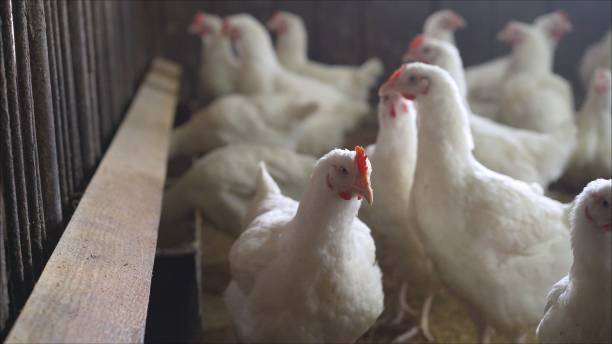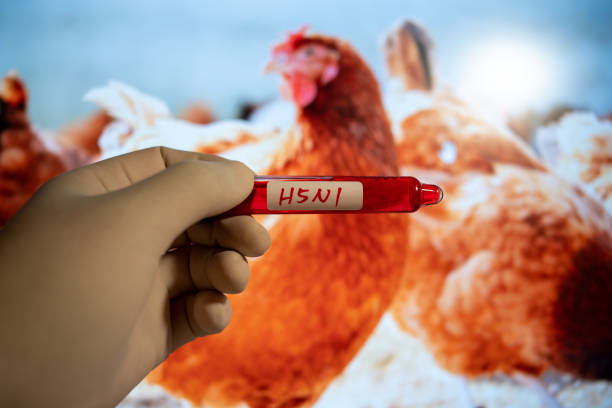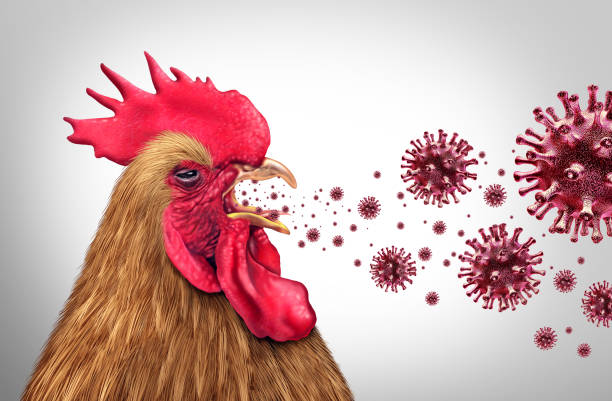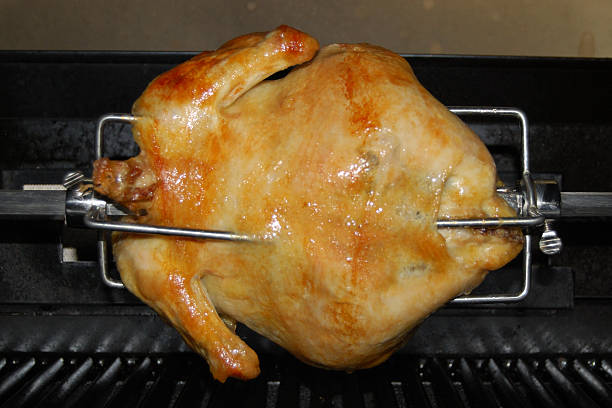With outbreaks of avian influenza making headlines, it’s more important than ever to recognize the symptoms of bird flu in birds. Whether you’re a backyard poultry keeper, a farmer, or just someone who enjoys birdwatching, understanding the warning signs can help prevent the spread of this highly contagious virus. Let’s break down the key symptoms and what you can do if you suspect an infection.
Common Symptoms of Bird Flu in Birds
Bird flu, or highly pathogenic avian influenza (HPAI), can cause severe illness in birds. While some infections are mild, others can be deadly within days. While transmission to humans is not that common, it does occur. The mortality rate in humans is quite high, which makes it all the more imperative to identify and avoid sick birds. Here are the most common symptoms of bird flu in birds:
- Sudden Death – In severe cases, birds may die suddenly with no prior signs of illness.
- Respiratory Distress – Look for gasping, sneezing, coughing, or nasal discharge.
- Swelling – Birds may exhibit swelling of the head, neck, eyes, or legs.
- Discoloration – Affected birds often develop bluish or purplish combs, wattles, or legs due to poor circulation.
- Decreased Egg Production – If your flock’s egg production drops significantly, it could be a sign of infection.
- Neurological Symptoms – Tremors, uncoordinated movements, or twisted necks are serious indicators of bird flu.
- Lethargy and Loss of Appetite – Sick birds may appear weak, stop eating, or isolate themselves.
- Diarrhea – Watery or greenish droppings can also be a symptom of infection.
How Bird Flu Spreads Among Birds
The symptoms of bird flu in birds can develop rapidly, as the virus spreads through direct contact with infected birds, contaminated surfaces, and even through the air. Wild birds, especially waterfowl, often carry the virus without showing symptoms, making them a major source of transmission to domestic poultry. Once introduced, the virus spreads quickly within flocks through shared water, food, and close contact.
What to Do If You Suspect Bird Flu in Your Flock
If you notice symptoms of bird flu in birds in your area or among your flock, take these steps immediately:
- Isolate Sick Birds – Separate any birds showing signs of illness to prevent further spread.
- Avoid Handling Without Protection – Wear gloves, masks, and protective clothing when dealing with potentially infected birds.
- Contact Local Authorities – Report suspected cases to animal health officials or veterinary services.
- Increase Biosecurity Measures – Disinfect equipment, limit movement between flocks, and avoid introducing new birds without proper quarantine.
Recognizing the symptoms of bird flu in birds early is crucial in controlling outbreaks and protecting both animals and humans from exposure. If you keep birds, staying informed and practicing strong biosecurity measures can make all the difference. Whether you’re raising poultry or simply observing wild birds, vigilance is key in preventing the spread of avian influenza.
References
- Centers for Disease Control and Prevention. (2023). Avian influenza in birds. Retrieved from https://www.cdc.gov/flu/avianflu/index.htm
- World Organisation for Animal Health. (2023). Highly pathogenic avian influenza (HPAI). Retrieved from https://www.woah.org/en/disease/avian-influenza/
- United States Department of Agriculture. (2023). Defending against avian influenza. Retrieved from https://www.aphis.usda.gov/aphis/ourfocus/animalhealth/animal-disease-information/avian/avian-influenza




